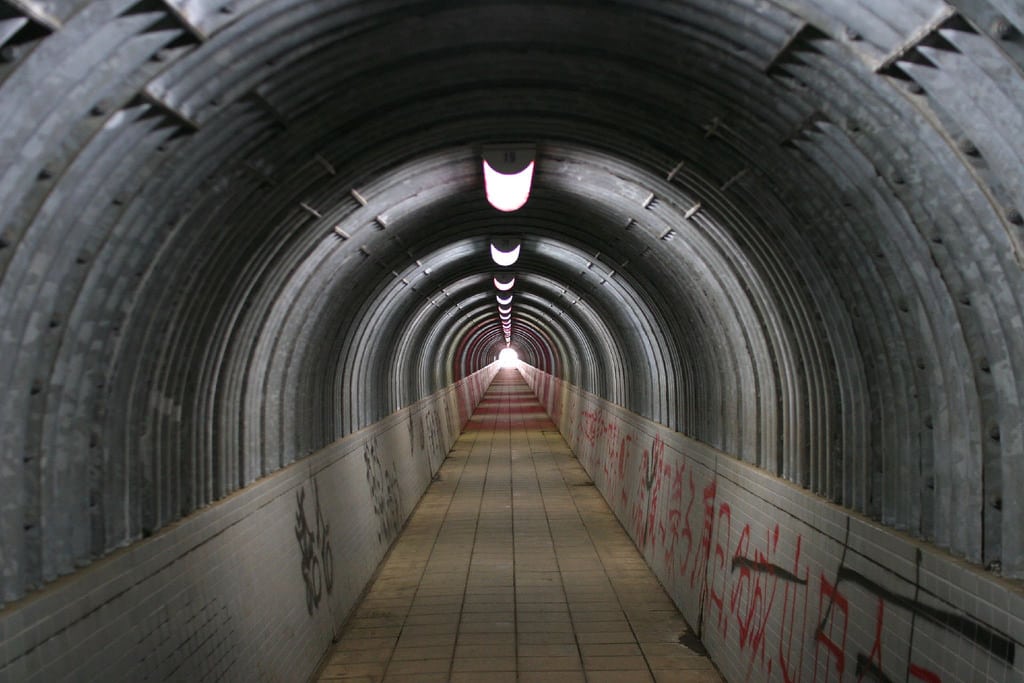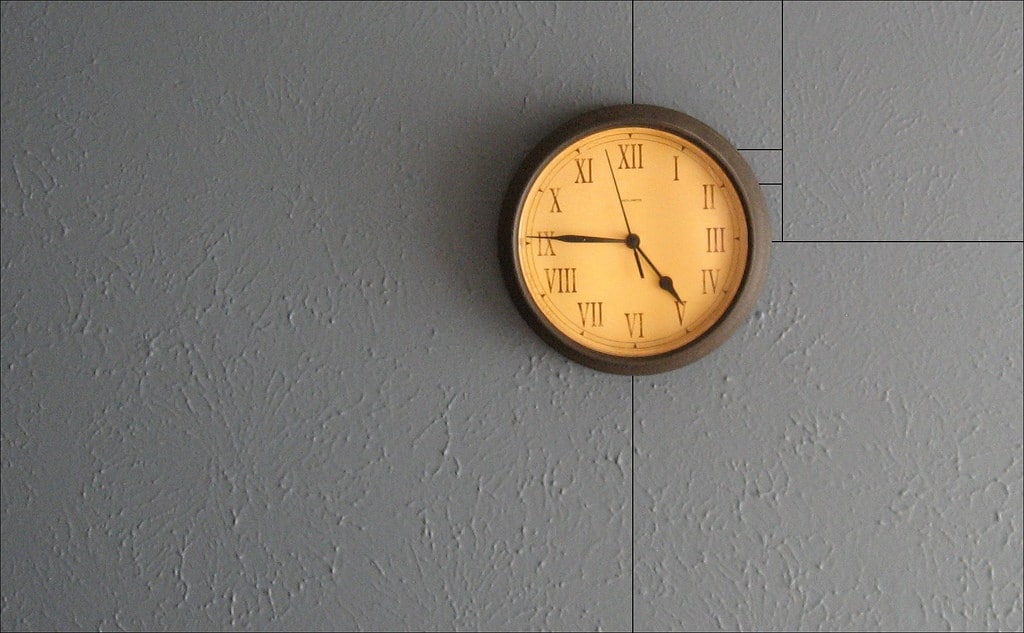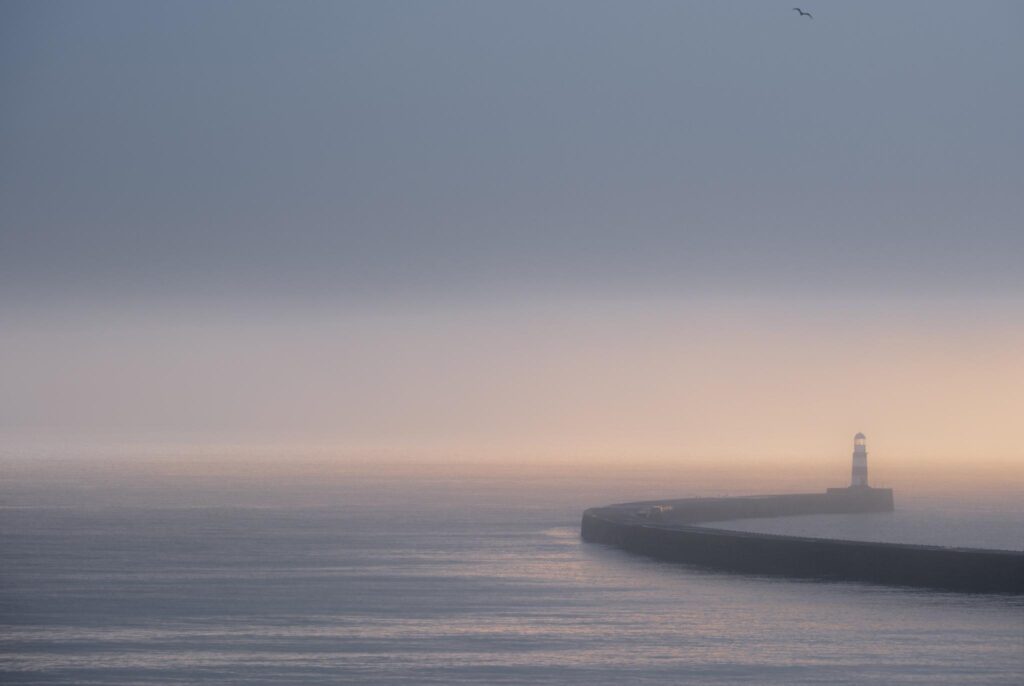Placing your subject off-center in your frame can seem unnatural. When we think about our subject, it seems logical to just plonk it in the center of your image and, ta-da, you have your masterpiece. Well, sometimes, it really isn't that simple. Placing subjects in the center of the frame can lead to static images that are drab and contain no context or “life”.
When Will Your Subject Be In The Centre Of Your Image?
Ok, so as always, rules and precedents are always there to be broken. So when might you place your focal point in the center of an image?
Answer: You might put your subject in the center of your photograph if you are capturing great symmetry.
If you take a look at the photograph below, the “light at the end of the tunnel” is in the center of the frame, but the symmetry and geometry are what makes this image dynamic.
However, most subjects benefit from having the focal point off-center.

Why Should You Place Your Subject Off-Center?

In short, moving your subject away from the center of the image makes your eye wander around the photograph until it finds the subject, thus the person viewing your image is taking in the whole story of the photograph. There are a couple of compositional “rules” that will help you with this – ie the “Rule of Thirds” and “The Golden Ratio”.
Quick Tip – What Is The Rule Of Thirds?
The Rule of Thirds is a useful technique for inserting some dynamism in your photographs. By subdividing your frame into thirds with two vertical and two horizontal imaginary lines (see below) you find the areas in your frame where you should place your focal point.
You can use one or more of these intersections in your image to capture your subject in such a way that is aesthetically pleasing and also leads the viewer through your photo adding context and interest.

Quick Tip: The Golden Ratio
So the Golden Ratio (The Divine Section) is more complex. Very simply, it is a compositional rule that dictates that a well-composed image can be achieved by dividing the frame by 1.6 several times.
Using the golden ratio and applying the ratio or 1:1.16, you'll get a golden rectangle and, much like the rule of thirds, you can use this to place your subject creatively off-center.

Push Your Subject Even Further Out
So, you can also push your subject right to the edge of the frame as well. It won't work every time, but when it does, it really is a very clever move.
Well, beyond the cinematic feel it gives to a shot, it really enhances the drama to a scene by changing the mood of a regular photograph. While composing a shot, you should pay close attention to your viewfinder (or your LCD screen if your camera doesn't have an optical one) in order to see if the framing of your image looks good or not.

Composition is a difficult subject to get the hang of, especially if you are new to photography. One of the simplest ways to improve the dynamism and interest of your images is to place your subject off-center in your frame.
For a great guide to learning about composition, take a look at Kent DuFault’s Understanding Composition. This will give you a great foundation and help you take your photography and creativity to the next level.







2 Comments
a good read 🙂
https://www.creative-photographer.com/debunking-rule-of-thirds/
“[…] but the symmetry and geometry are what makes this image dynamic”
What? The feeling in the picture that I get is the very opposite of dynamic. It is a very still and calm picture. We are looking down a long and empty tunnel. There is no movement occurring and we do not expect anything to happen. So no, not dynamic. The symmetry and geometry are what makes this image STATIC.
And that is ok. It is also most likely the intent of the photographer. Static does not mean that it is a bad picture, and dynamic does not make a picture good. They are both tools to be used by the photographer to tell the story.